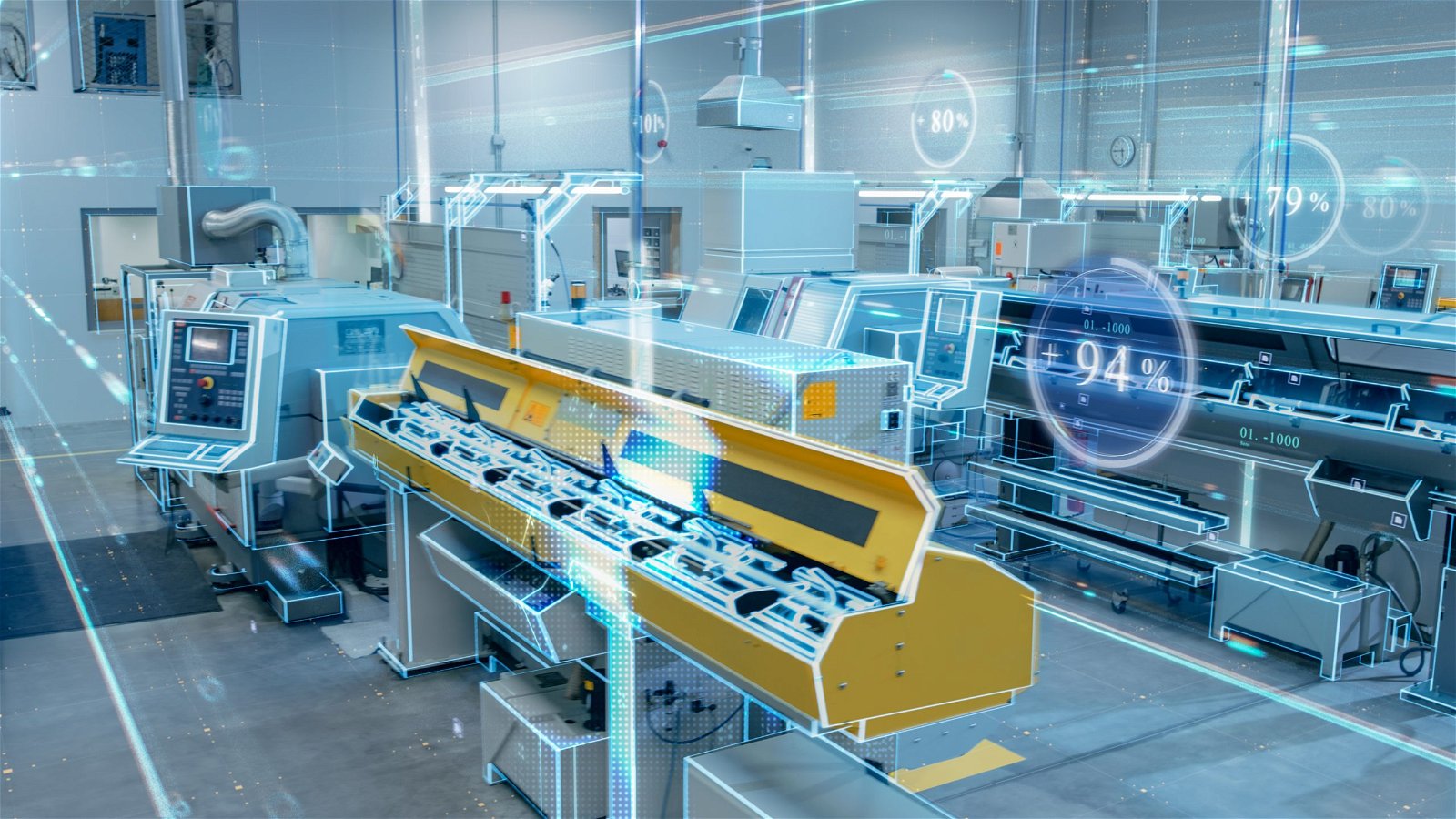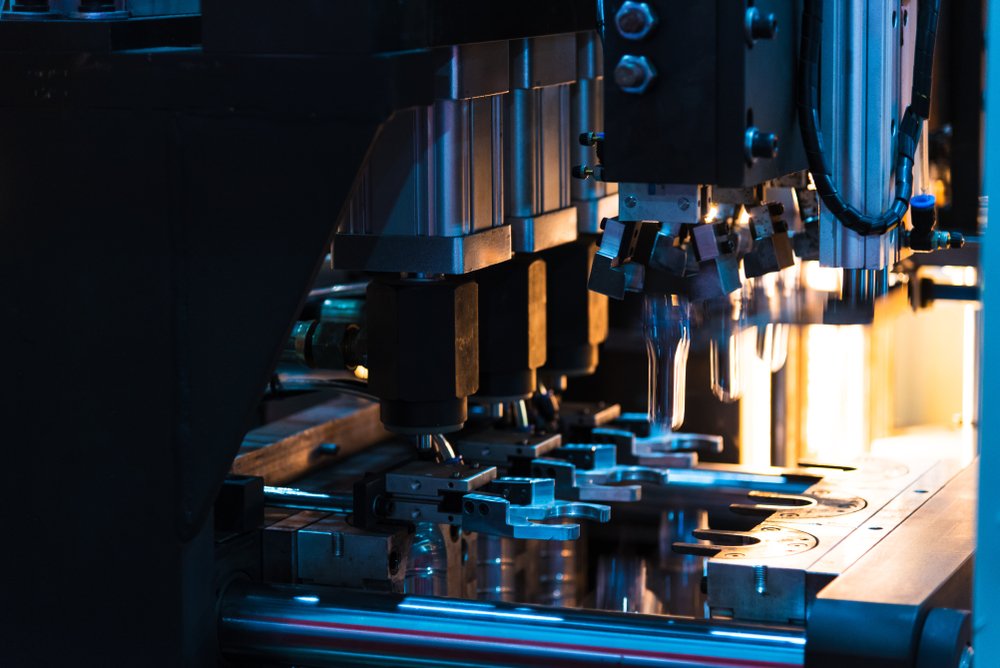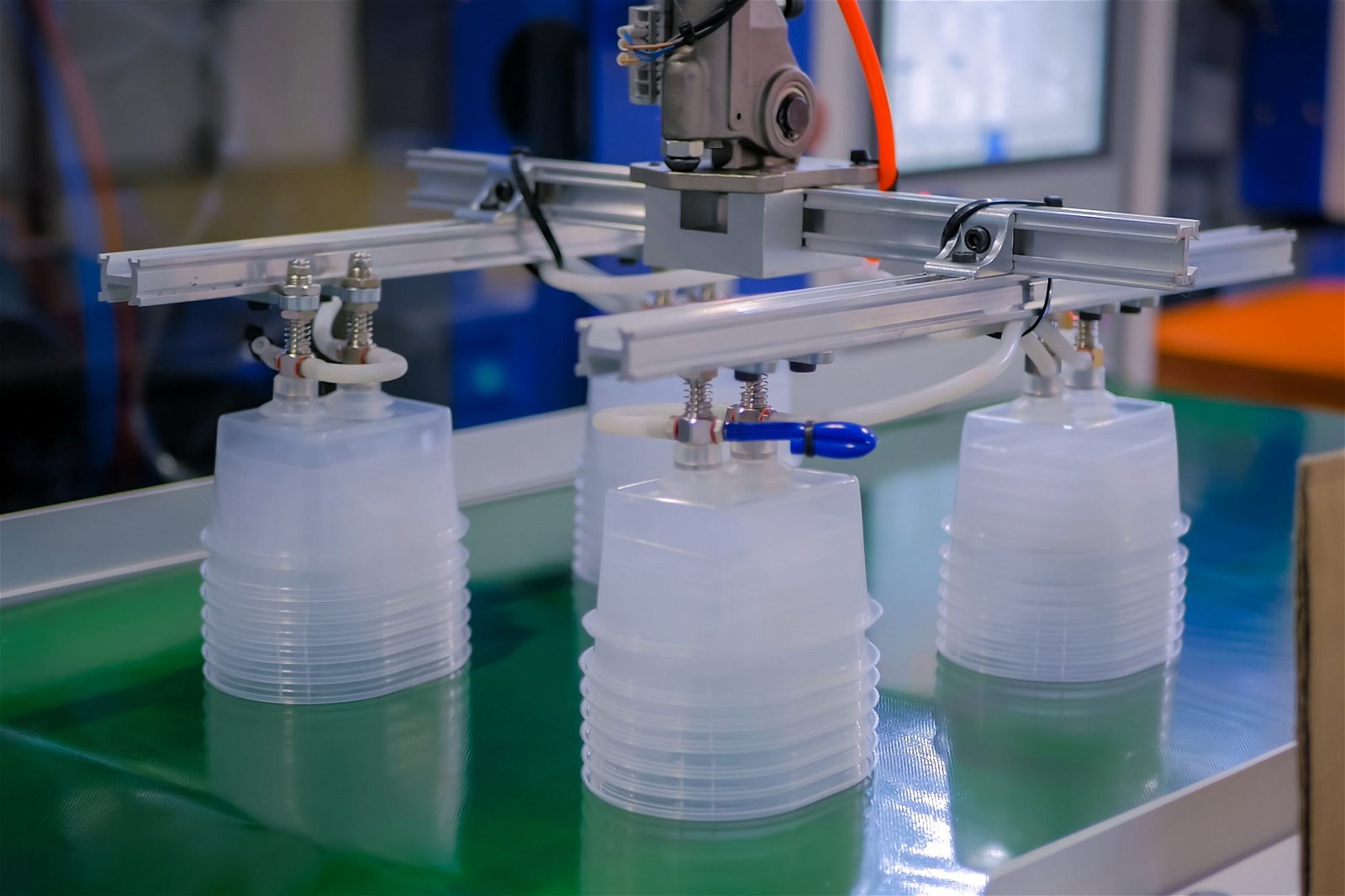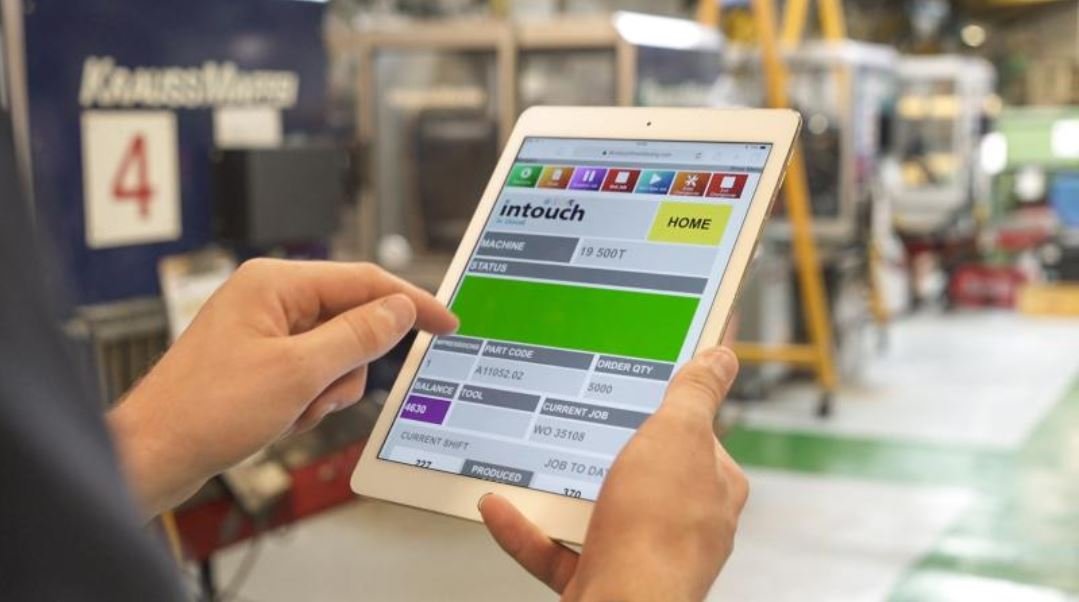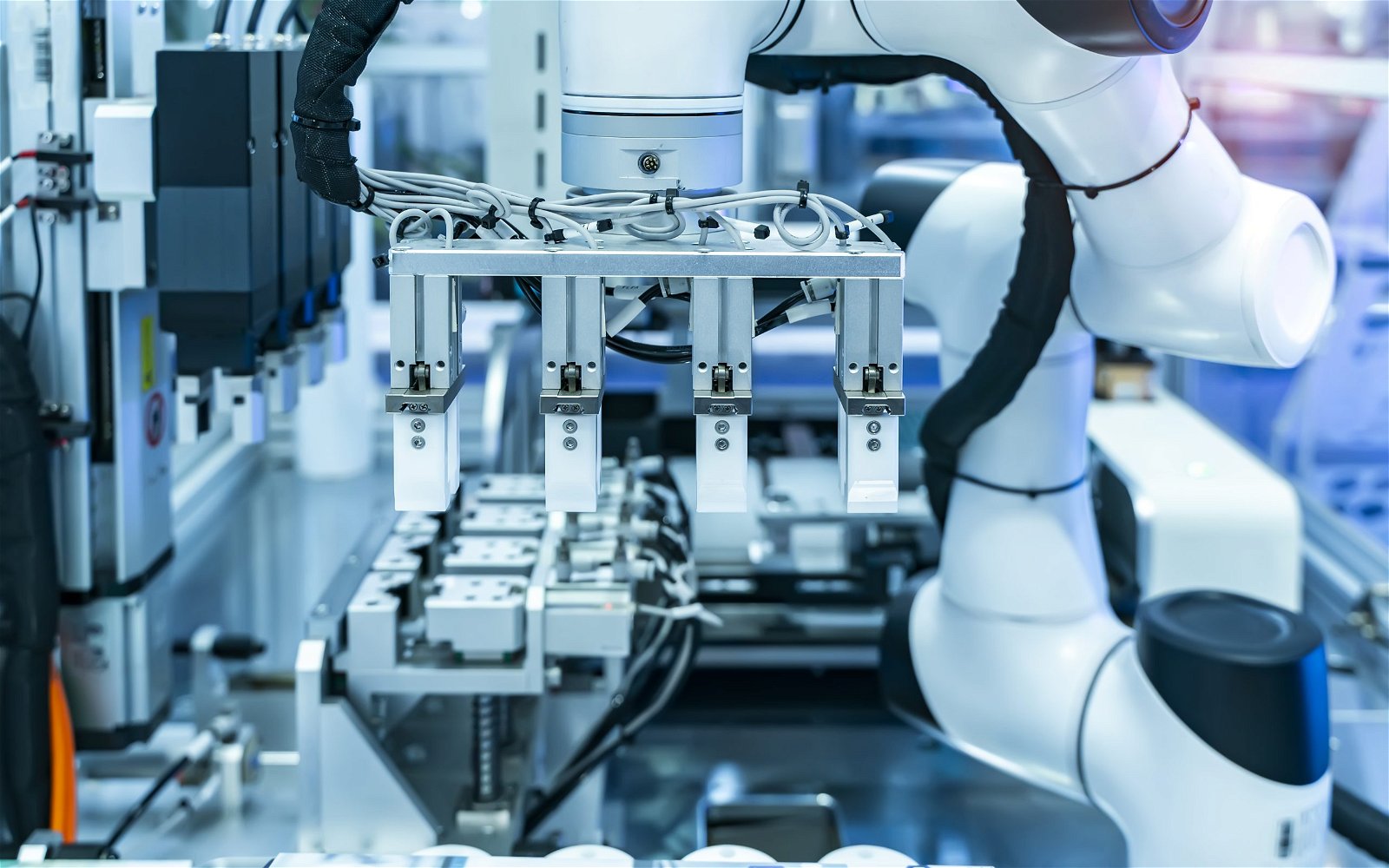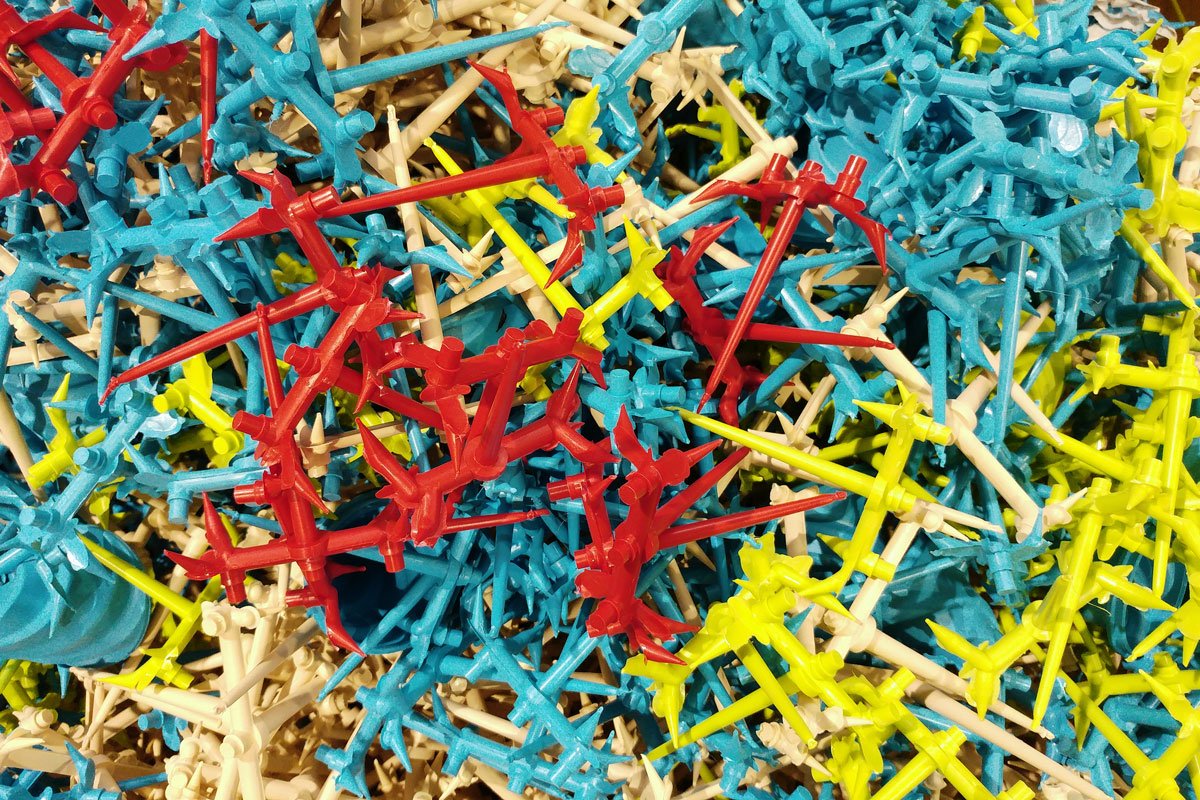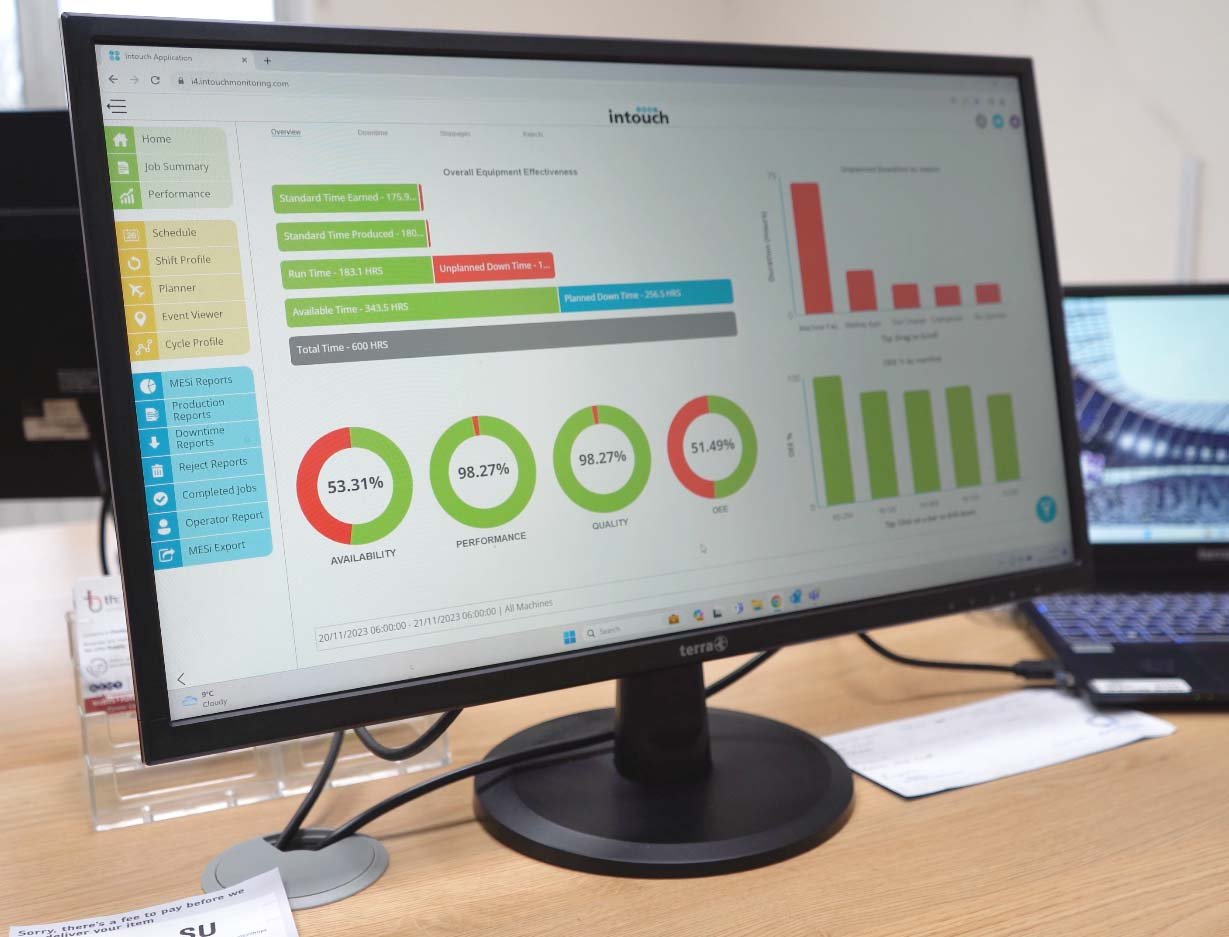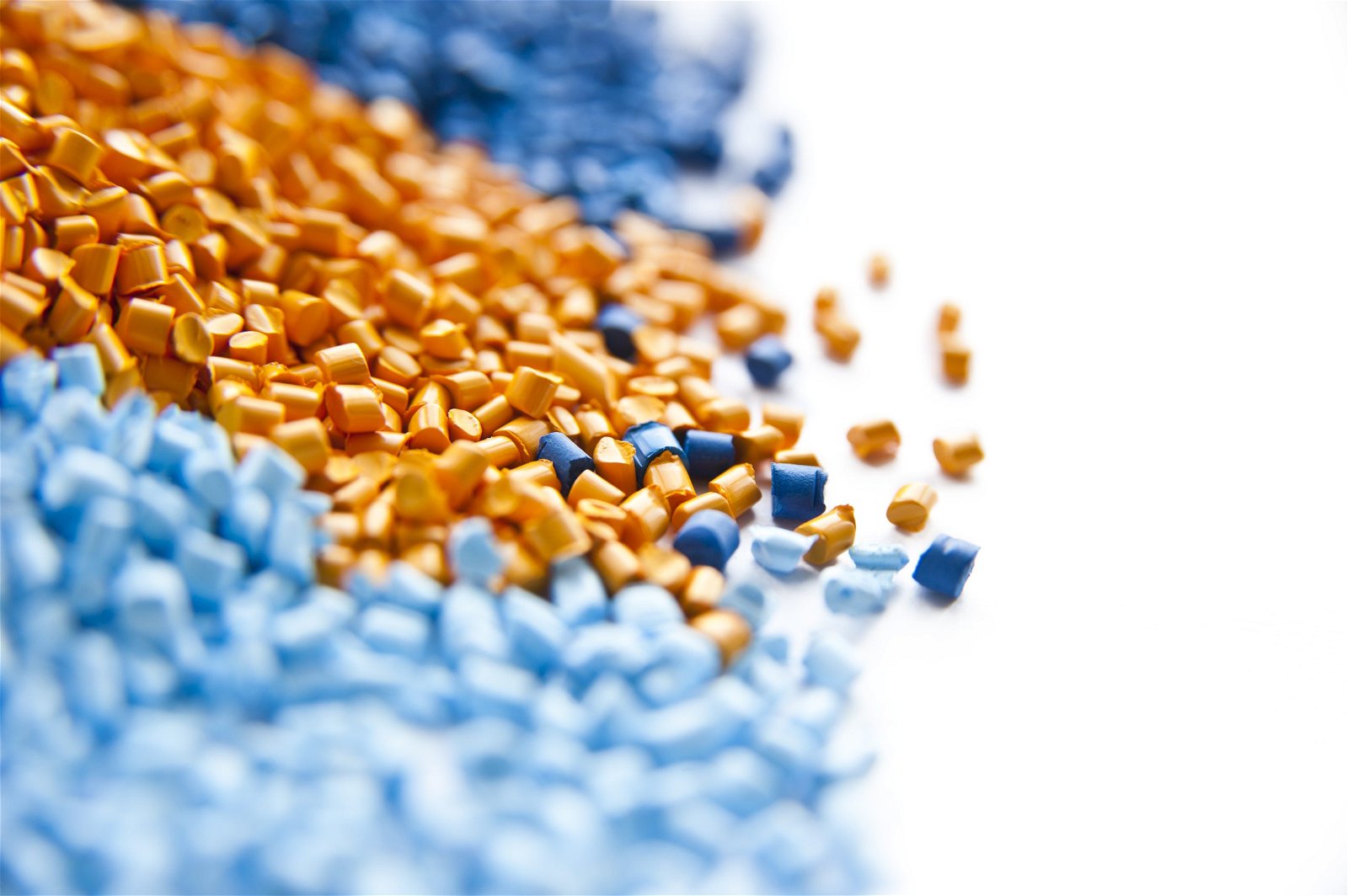MES THINKING
How can manufacturers respond to the energy crisis?
Let’s face it, this is not new news, but none-the-less it’s a serious question. How will manufacturers weather the ongoing storm of high-energy costs.
A recent article in Forbes highlights that manufacturers need to step up their sustainability efforts in order to mitigate the impact of record-high energy costs.
How to create sustainable operations
It’s a well-known fact, that manufacturers are one of the highest consumers of energy, producing a wide variety of components, much of which we use in our everyday lives. And in the UK, the sector utilises 17% of the total energy demand.
Thus, energy affordability is top of mind for manufacturing business leaders and growing pressure to run operations with data driven insights (Forbes), which will also assist with green initiatives.
The power of energy efficiency
The two biggest culprits of energy waste in manufacturing operations are:
- Machines left running when operations have finished
- Equipment faults causing suboptimal performance
Machine monitoring is an easy way to analyse usage, detect issues and identify energy saving strategies. The combination of real-time data, analytics, dash-boarding and alerts capabilities enables manufacturers to keep track of their consumption. This approach also enables operational efficiencies to be made and reduce down time, which all lead to improved margins and improved bottom line. Arguably this is a win-win for manufacturers.
Set energy efficient targets
According to The Manufacturer an estimated 33% of UK manufacturers do not set energy efficiency targets, and don’t have the means with which to measure any improvements. So, the first step is to measure – as Donald Rumsfeld once said ‘you don know, what you don’t know’.
Often manufacturing managers are focussed on output and productivity, with energy consumption simply a cost of doing business, or a business overhead or an indirect cost. To this end, manufacturers need to move the dial and start setting performance KPIs of a specific product, machine or production line along with energy consumption.
Operations and planners can start to design strategies that increase production capacity, while lowering energy use. But this cannot be achieved without 100% visibility of the factory floor and machine performance. This needs granularity.
Get granular with your manufacturing targets
As mentioned earlier, many manufacturers don’t have an asset-level understanding of their energy consumption. Of course, they have a view of their total energy usage for the facility, but this includes lighting, heating etc. By understanding energy consumption at a more granular level, its possible to identify inefficiencies and make changes almost immediately.
Energy monitoring sensors allow you to measure, real-time energy consumption at the product, asset or machine level, helping you to identify where energy is being wasted.
They will also enable you to reduce operating costs and predict when maintenance will be needed. Alerts also enable you to see unscheduled down-time, to stop consuming energy when machines are idle.
Gaining access to high granular data, and real-time alerting which can be done remotely 24/7 gives manufacturers greater control, resulting in much needed energy savings and reduced consumption.
If the entire production line team is invested in identifying and solving inefficiencies, enabled by greater visibility, its easier implement new practices and training that could be as simple as switch assets on and off as required.
Utilising technology to reduce energy consumption
According to McKinsey, it’s estimated that managerial and process changes help increase energy efficiency by 10-20%, compared to 50% for technological or digital changes.
This makes a strong business case for manufacturers to look at suitable technology. Often manufacturers are stalled when it comes to making technological changes, due to the perceived high costs of implementation and change.
Of course, if you think that you need to replace machines or an entire production line to be more efficient, that’s a very high investment. So lets bust the myth… pretty much every manufacturer could save on their energy usage, by getting better at measuring their use, and making the necessary adjustments.
The cost for this is now very accessible – software is not a capital cost and it can be installed and be delivering measurable savings in days and weeks.
The cost of the right software, can be considerably cheaper that the cost of a new asset, and give you longer life and efficiency from your existing assets.
If you’re interested in measuring the potential ROI from your technology, take a look at this easy to use tool to calculate for your operation.
3 Signs that you are ready to digitise your factory
Are you under pressure to improve efficiencies and reduce down time, which means you’re now looking to implement smart factory technology…
Plastics Manufacturing in a volatile world
The pandemic has highlighted that the need for flexibility and adaptability in manufacturing operations is crucial for navigating…
5 ways you could improve your production efficiency right now
The importance of production efficiency cannot be overstated. It means you are making the most out of your resources – time, materials,…
Have you thought about adopting smart technology?
What's stopping you adopting smart technology in your plant? Are you worried about the costs, the expertise and training needed? What is…
The advantages of a paperless manufacturing operation
So what happens when you switch to a paperless Manufacturing Execution System? You immediately get more predictable manufacturing with more…
Why is planned downtime for maintenance so important?
Often with pressure of delivery deadlines, it is easy for planned maintenance to be pushed down the priority list and only maintain it when…
How to choose the right manufacturing execution system (MES) for you
Selecting the right MES solution will give you the data and insights necessary to optimise your OEE, give you a competitive advantage and…
What would a 1%, 5% or 30% improvement in OEE mean to you?
Are you under pressure to improve efficiencies and reduce down time, which means you’re now looking to implement smart factory technology…
How to transform your plant’s efficiency and profitability with MES
Squeezing everything from your resources without compromising on quality is a challenge increasingly faced by manufacturers. So how can…
How it works
Getting started with Intouch is as easy as 1, 2, 3
1. Book a demo
Let us show you what we can do. Jump on a demo call and our friendly team will take you through the Intouch system and answer any questions you might have.
2. Enjoy a free trial
Don’t just take our word for it! We’ll lend you our technology for a 60-day free trial so you can see exactly how it can benefit the everyday operation of your business.
3. Receive ongoing support
It doesn’t end there. If you decide Intouch is the right production monitoring system for you, we’ll work with you to help you take control and make significant improvements in OEE.

